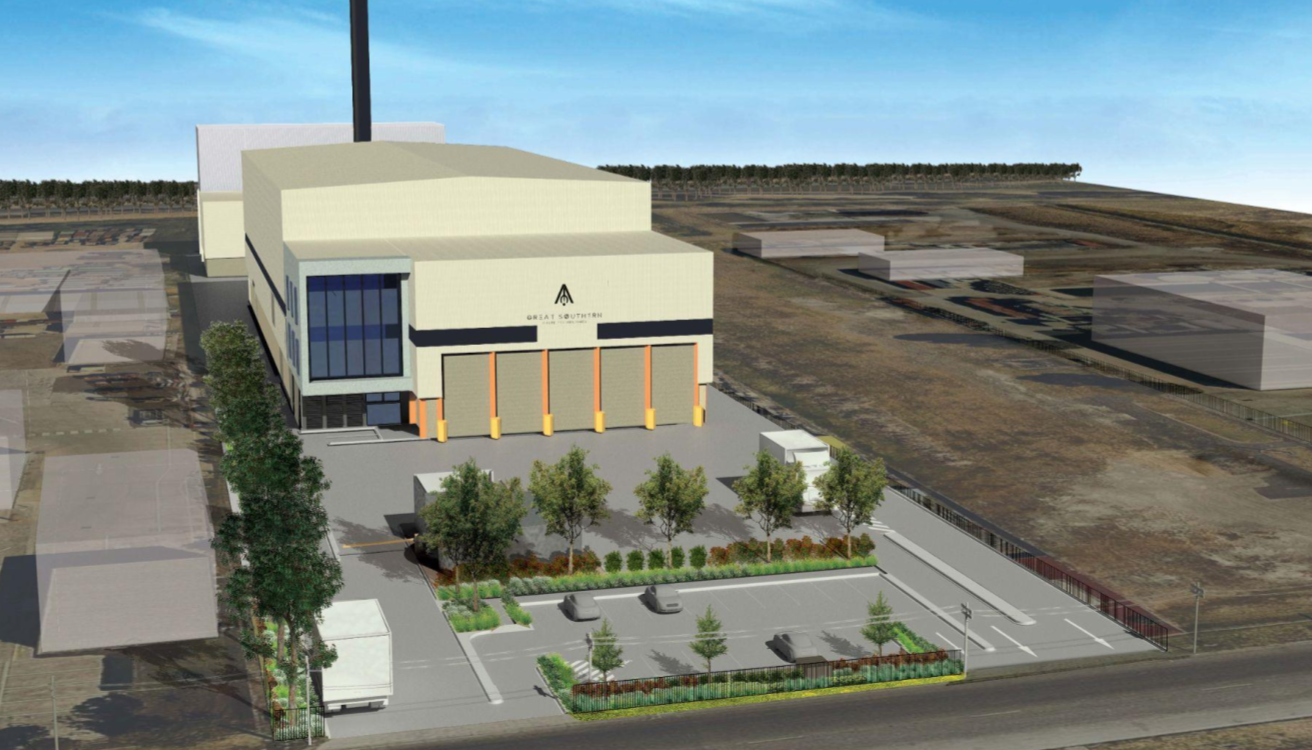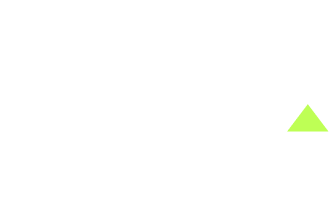
GSWT WASTE-TO-ENERGY PLANT
In 2022, UPco was engaged for the second time to help Great Southern Waste Technologies (GSWT) realise its vision of reducing landfill and powering Melbourne – sustainably and locally. The ultimate success of the first application in Dandenong South (back in 2018) paved the way for GSWT’s next enterprise in the north of Melbourne. Given how much change is happening in this space, we took the opportunity to reflect on our experiences to date – stay tuned to see if things are different the second time around!

The project in a nutshell
Australia, with its expanses of land and low population density, has always had the luxury of available space – making waste disposal a simple problem to solve (in the short term, anyway). However, landfill sites are reaching capacity and even the best-managed sites continue to be major emitters. Having noted these problems, and wanting to find a higher order environmental outcome, Great Southern Waste Technologies (GSWT) embarked on a journey to realise its first waste-to-energy (WtE) facility.
The plan for GSWT’s first facility is to utilise household and commercial non-recyclable wastes. Our client was one of the first applicants for a WtE facility in Victoria that would handle general, rather than industry-specific, waste. Solid preparation underpinned this bold vision, and by 2018 it was time to seek approval for the south-eastern suburbs’ first WtE plant – and that’s where UPco came into the picture.
The process (and its challenges)
Part of our role as planners is to anticipate Council’s concerns – and proactively allay them. During the year leading up to application, we consulted with government stakeholders, community and environmental groups, providing Council with summaries of possible environmental and health impacts. While this consultation wasn’t strictly necessary for the planning approval (as environmental matters were being handled via a separate EPA approvals process), it provided stakeholders with a reassuring level of education and comfort about relatively unknown technologies not typically in use in Australia
Though the concurrent environmental works approval through the EPA was highly complex, the planning approvals process itself should have been relatively straightforward. Being in a State Significant Industrial Area, this type of industrial facility was an ‘as of right’ use – and with suitable built form outcomes and a robust permit application, the planning permit was almost guaranteed.
Despite this, the tail end of the application process coincided with a local government election cycle. For this reason (and many others), GSWT undertook extensive non-mandatory community engagement and environmental assessments demonstrating that environmental and health impacts were negligible.
However, even though Council voted in favour of a planning approval, it repealed it – just one week later.
GSWT appealed the refusal. Having no prior involvement with (nor advocacy for) the development, UPco’s Amanda Ring was asked to inform the Tribunal as to the relevant planning considerations and her opinions around impacts and suitability. So, GSWT went off to VCAT with Amanda’s expert evidence in tow.
From a technical perspective, the planning refusal was groundless – and the benefits of supplying, powering and re-purposing waste were indisputable. Ruling in favour of the proposal, VCAT directed that the permit be granted. The Tribunal awarded costs against the City of Greater Dandenong, and our client was able to recoup some financial losses it had endured.
Why we love the project
WtE is an effective solution to two problems: how best to dispose of non-recyclable waste that has reached end of life, and how to generate more (and greener) electricity. Though there are limitations to this form of energy, and waste avoidance remains the best strategy for the environment, it’s a step in the right direction.
The approved facility in Dandenong South will process 100,000 tonnes of waste per year, and will supply a reliable hum of base load power to the grid. GSWT also managed to secure the exclusive Australian rights to a Norwegian waste-to-energy technology. With Europe being far ahead of Australia in the waste management game, the technology is efficient and sophisticated – even being able to ‘scrub’ a large proportion of the emissions it produces.
Increasing its velocity towards a greener future, GSWT plans to use local waste streams to feed its plant. Waste stream efficiency is on the Victorian Government’s radar for its waste and recycling plan – and by using waste primarily from surrounding municipalities, GSWT’s WtE will further mitigate the environmental impacts of waste.
We’re now working with GSWT on its next project in Melbourne’s north. With a million-tonne annual waste cap imposed by the Government, GSWT is on its way to snapping up 20% of Victoria’s WtE industry. And, having witnessed first-hand the amount of passion and research they’ve poured into every aspect of their projects, we certainly think this is well-deserved.

Cover image courtesy of SMEC
